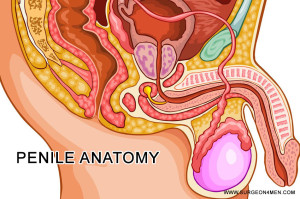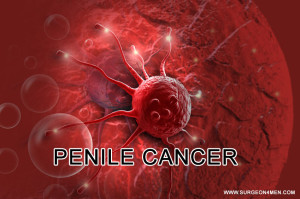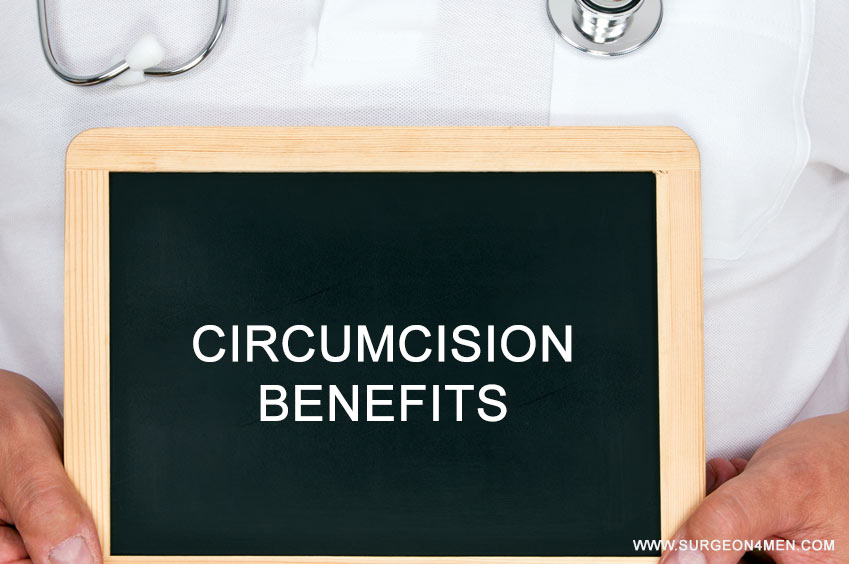Circumcision Benefits
The male circumcision is a micro-surgical process that involves removal of the penile foreskin (the retractable flap of skin that covers the head of penis). In most countries and cultures, circumcision is performed at a younger age (soon after birth or during the first few years of life). It is believed that the risk of complications/ adverse effects increases if the procedure is performed in older adults.
Why Circumcision is Performed in Different Cultures?
 In many cultures and countries, male circumcision is performed as part of religious rituals (especially in Jewish and Muslim religions); however, latest medical research suggests that circumcision has several health and medical benefits as well; such as some degree of prevention against sexually transmitted infections and HIV.
In many cultures and countries, male circumcision is performed as part of religious rituals (especially in Jewish and Muslim religions); however, latest medical research suggests that circumcision has several health and medical benefits as well; such as some degree of prevention against sexually transmitted infections and HIV.
Classic medical indications of circumcision are:
- Tightening of foreskin
- Balanoposthitis
- Phimosis
When performed during infancy, the total length of procedure is no longer than 5 to 10 minutes; however, if performed in adults, the procedure is as long as 1 hour. According to a new research reported in The Journal of American Medical Association (2), the risk of complications is under 0.2% to 0.6% in adult circumcision, if performed in expert hands.
Benefits of Circumcision
The American Academy of pediatrics (AAP) does not recommend circumcision for every child yet it has been statistically proved that circumcision is a healthy practice in males owing to following benefits:
- Hygiene: After circumcision, it becomes easier to wash and clean the penis.
- Minimal Risk of Infections: Research and clinical data indicates that removal of foreskin minimizes the risk of urinary tract infections. Recurrent UTIs can lead to renal damage and systemic issues as well.
- Prevention Against STDs: Circumcision reduces the risk of sexual transmission of infectious agents (including HIV/AIDS).
- Reduces Penile Cancer’s Risk: Circumcision also reduces the risk of penile cancer.
It is a misconception that circumcision can affect the fertility/ sexual pleasure of the individual but so far there is no scientific data to prove this.
According to a study reported in Journal of the International Association of Providers of AIDS Care (4), more than 33% healthcare providers strongly believe that the medical benefits of circumcision outweigh the potential risk of complications. In addition, approximately 35% healthcare providers responded positively about provision of active counseling to parents about the medical benefits of circumcision in male infants.
Risks Associated with Circumcision
 Individuals are skeptical about the potential safety of circumcision procedure due to minimal risk of adverse effects in some cases; such as prolonged bleeding, infection of the wound or the side effect associated with the use of anesthetic agents.
Individuals are skeptical about the potential safety of circumcision procedure due to minimal risk of adverse effects in some cases; such as prolonged bleeding, infection of the wound or the side effect associated with the use of anesthetic agents.
If performed in expert hands, the procedure is safe; however, in certain developing countries of the world, where circumcision is not performed by surgeons, the rate of adverse effects is high due to:
- If the cut on foreskin gets too long or too short, it can interfere with the sensitivity
- The healing of foreskin can be delayed if aseptic measures are not employed
- Risk of stricture formation is fairly high if surgical technique is not appropriate
After the Procedure:
The complete healing and recovery of penis may take up to 7 to 10 days. If you notice any swelling, redness or fluid on the tip of your penis, do not panic! It’s normal and happens to almost every individual. Make sure to follow your surgeon’s advice to prevent the risk of infection:
Contact your healthcare provider if you are experiencing any of the symptoms listed below:
- Continuous bleeding or redness
- foul smelling discharge from the penis
References:
- American Academy of Pediatrics Task Force on Circumcision. (2012). Male circumcision. Pediatrics, 130(3), e756.
- Masem, M. (2012). Benefits of Male Circumcision. JAMA, 307(5), 455-457.
- Carbery, B., Zhu, J., Gust, D. A., Chen, R. T., Kretsinger, K., & Kilmarx, P. H. (2012). Need for physician education on the benefits and risks of male circumcision in the United States. AIDS Education and Prevention, 24(4), 377-387.
- Matar, L., Zhu, J., Chen, R. T., & Gust, D. A. (2014). Medical Risks and Benefits of Newborn Male Circumcision in the United States Physician Perspective. Journal of the International Association of Providers of AIDS Care (JIAPAC), 2325957414535975.
- Sgaier, S. K., Reed, J. B., Thomas, A., & Njeuhmeli, E. (2014). Achieving the HIV prevention impact of voluntary medical male circumcision: lessons and challenges for managing programs. PLoS medicine, 11(5), e1001641.

